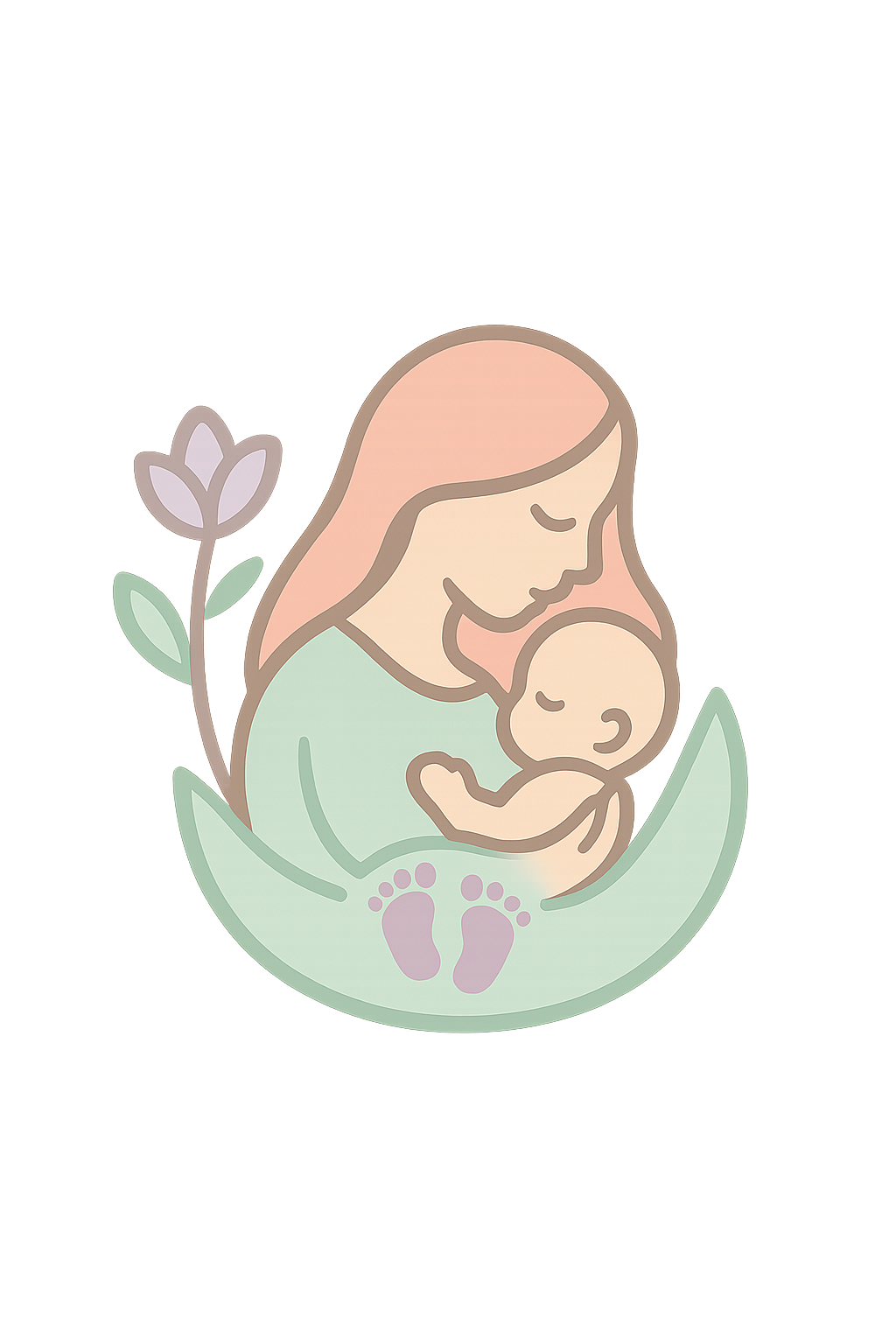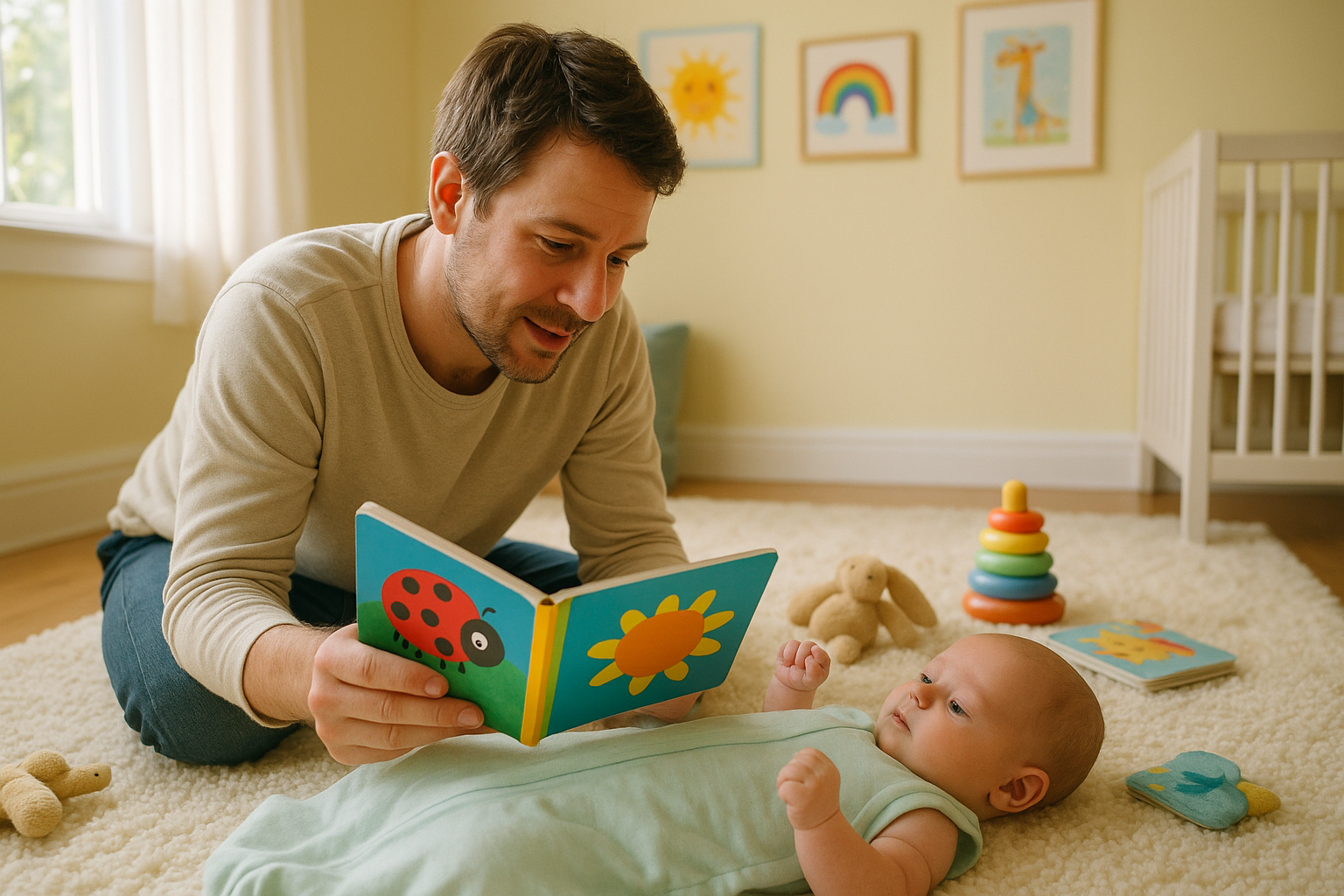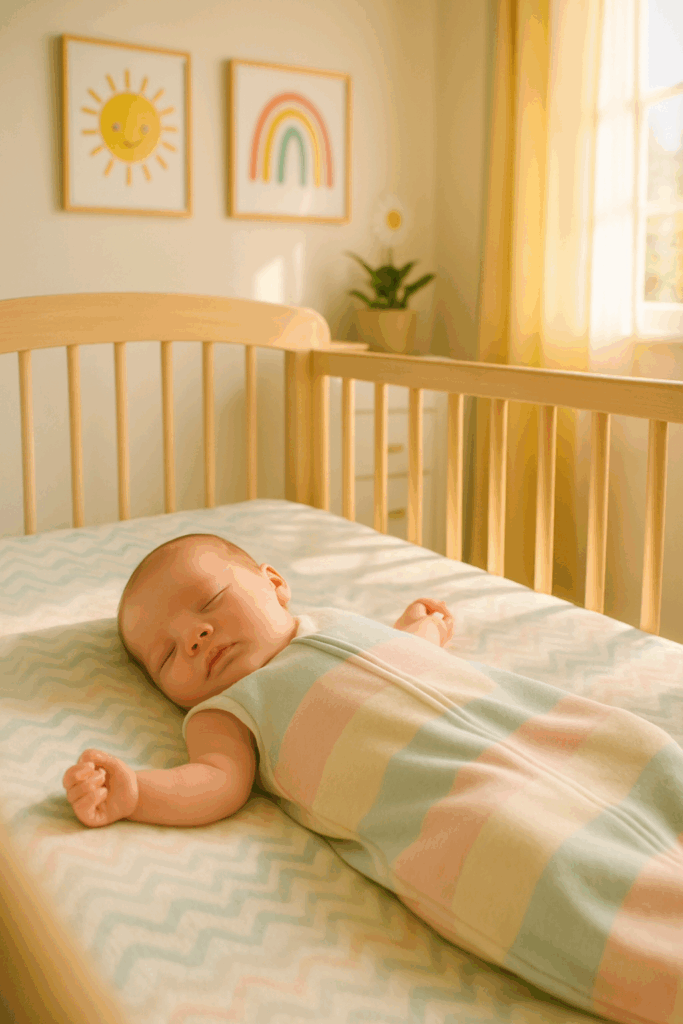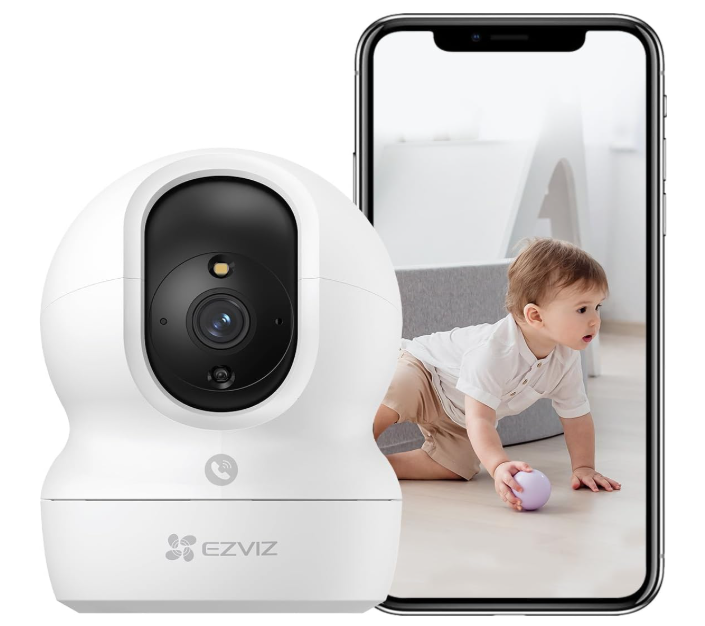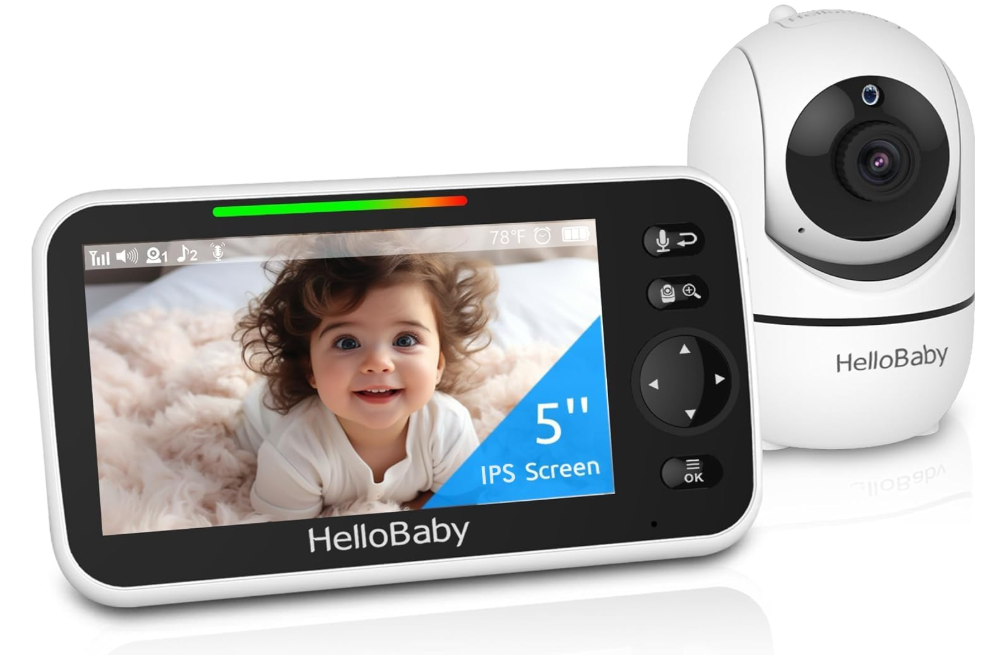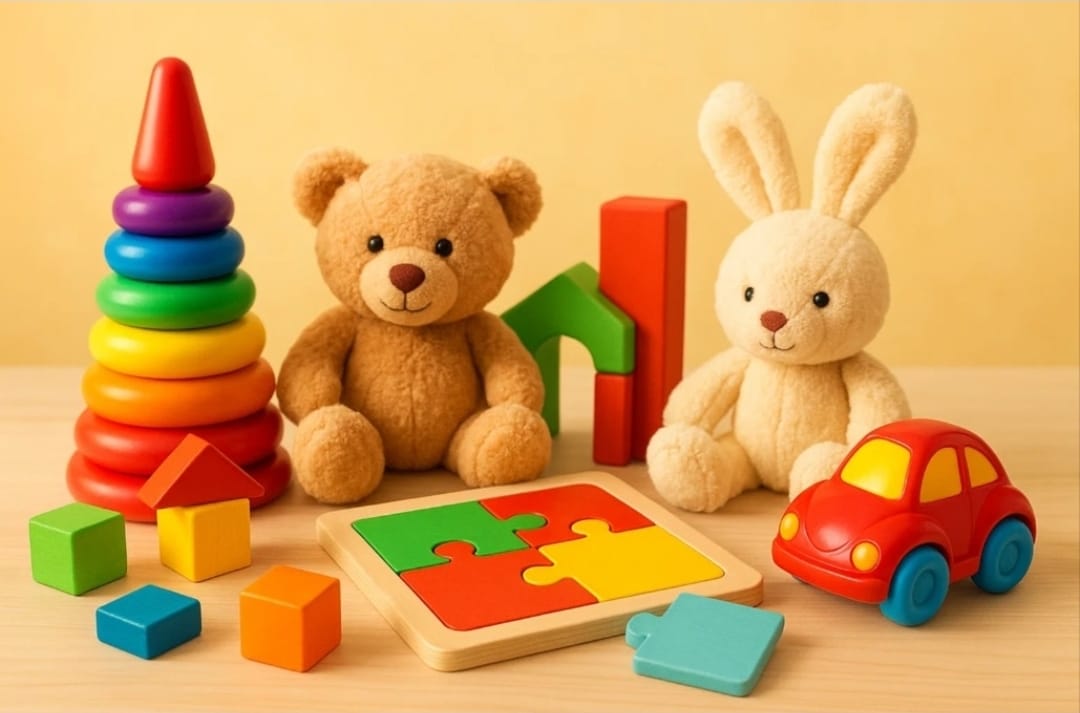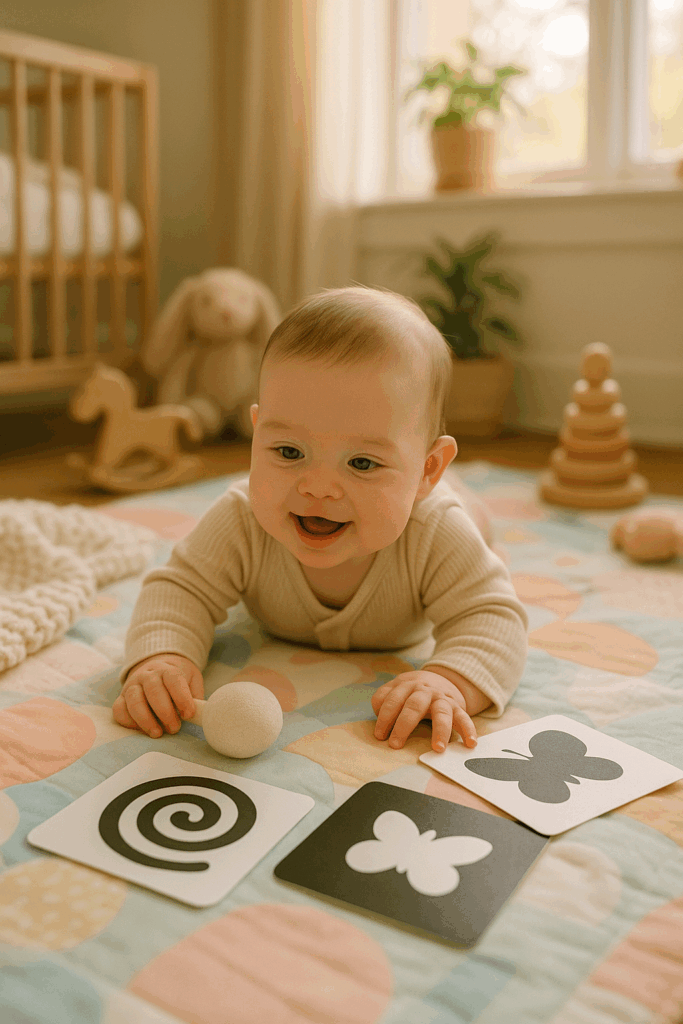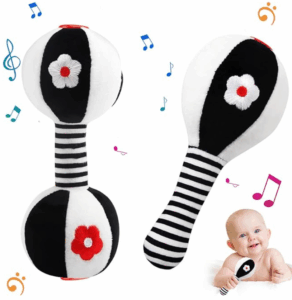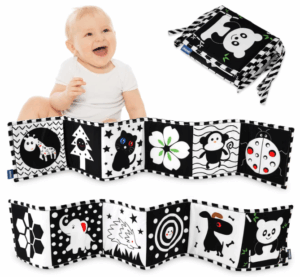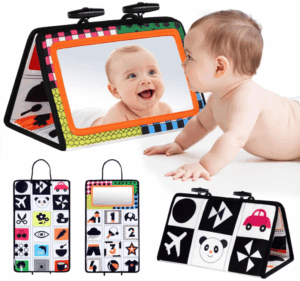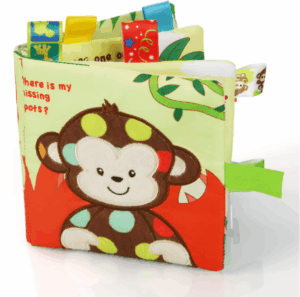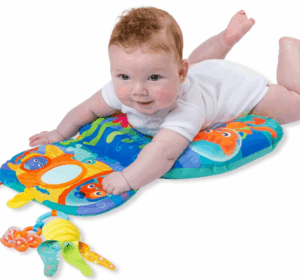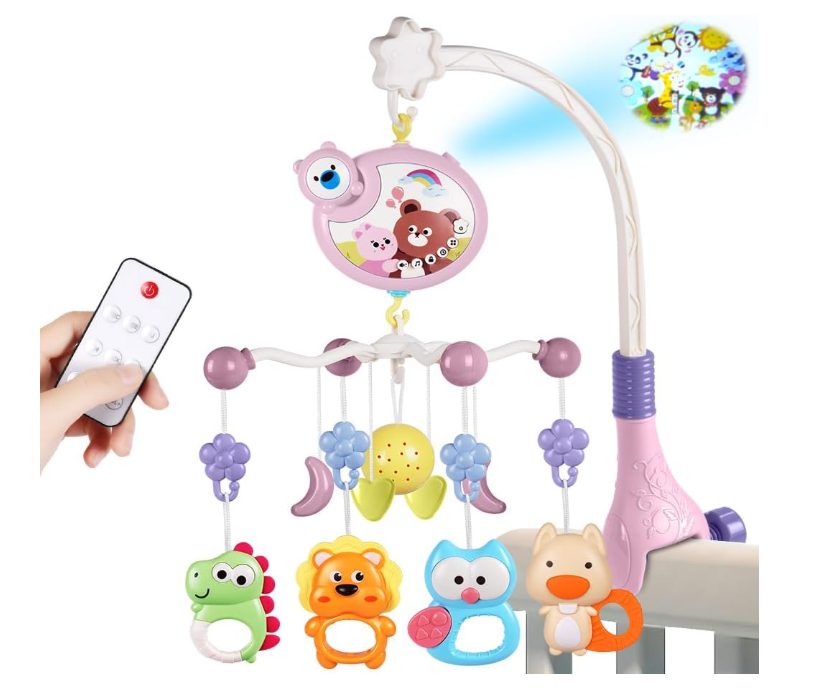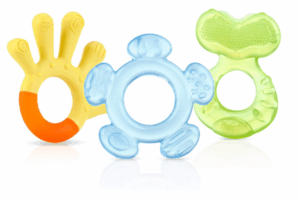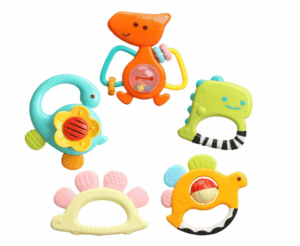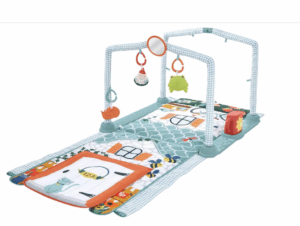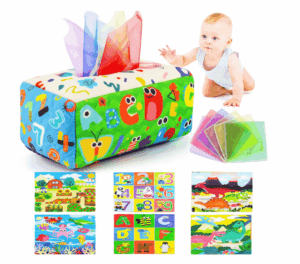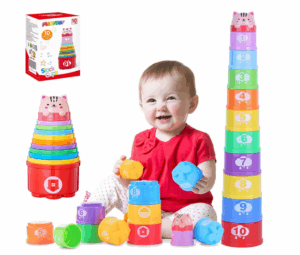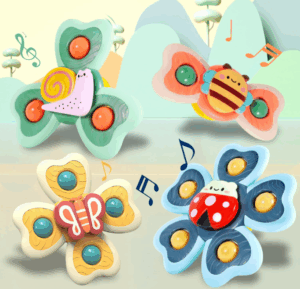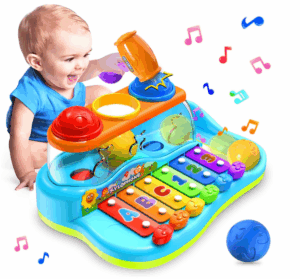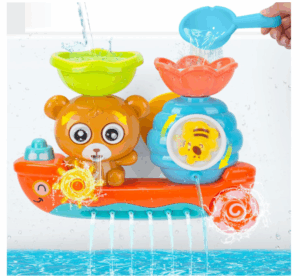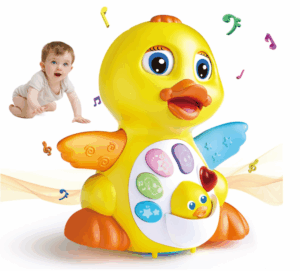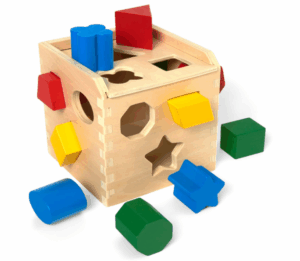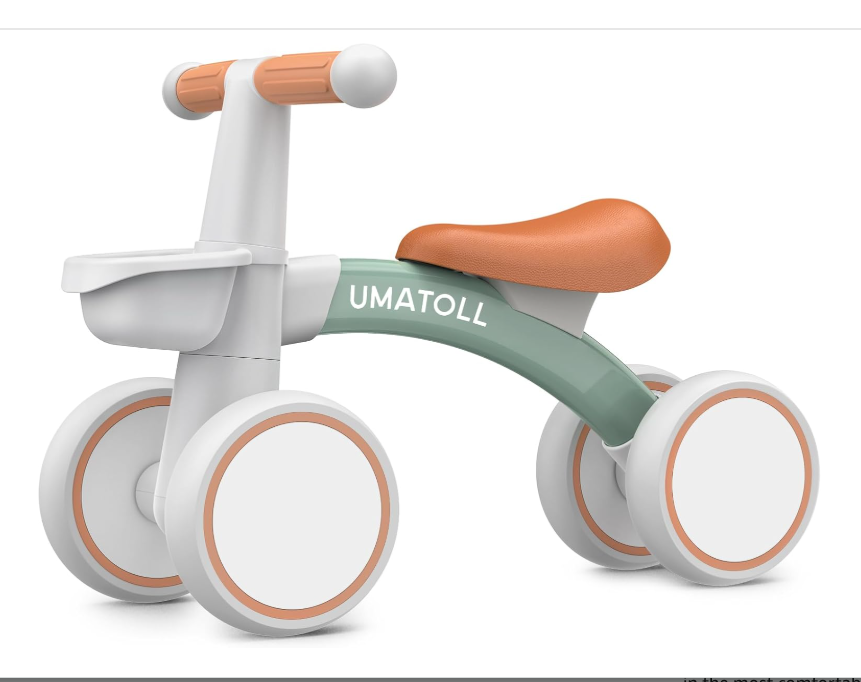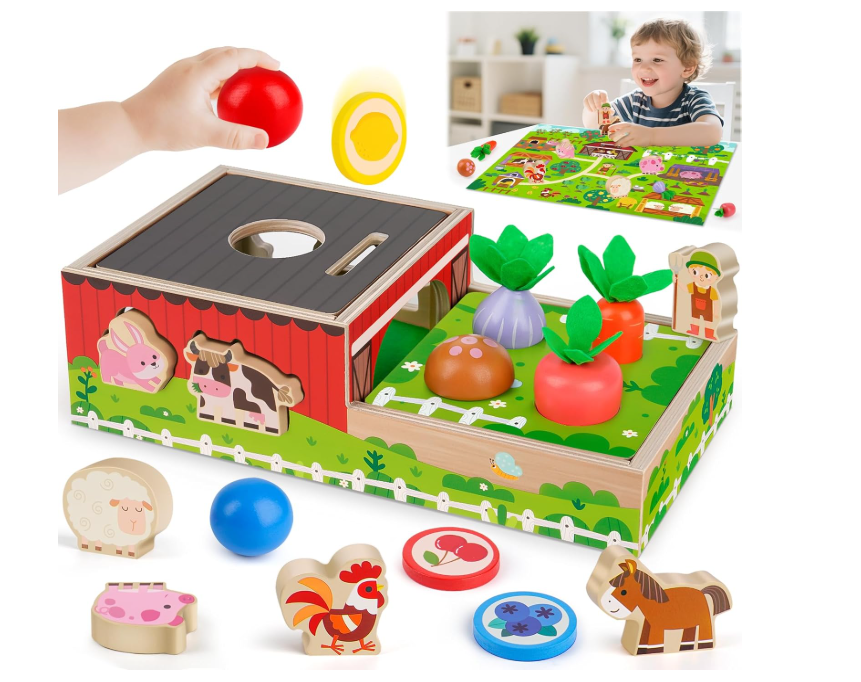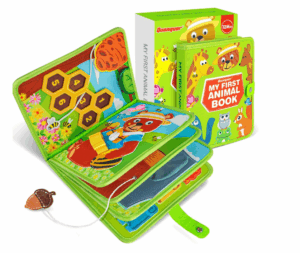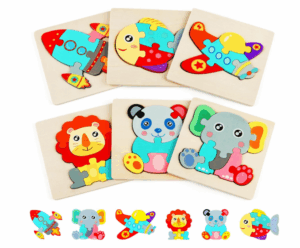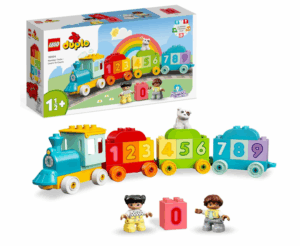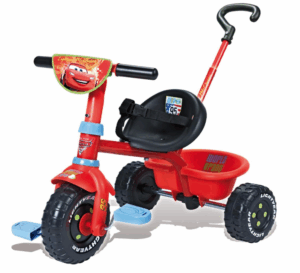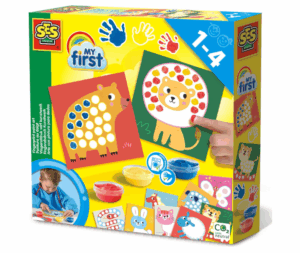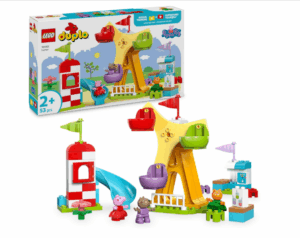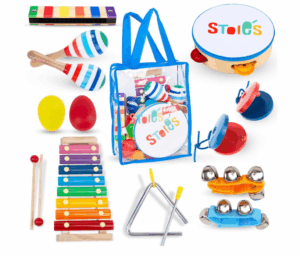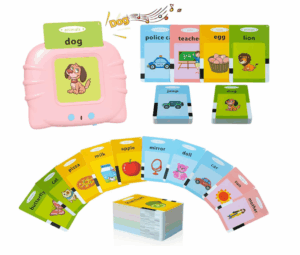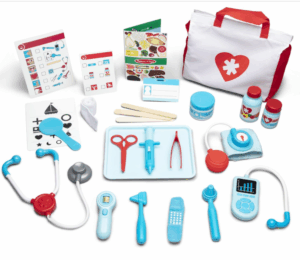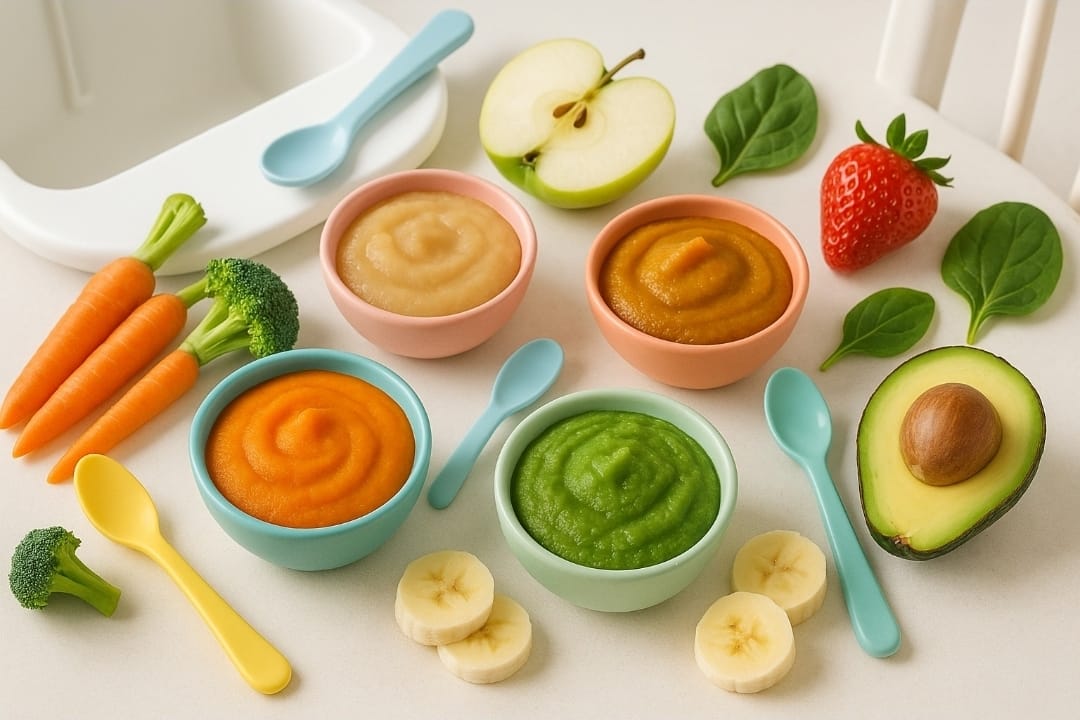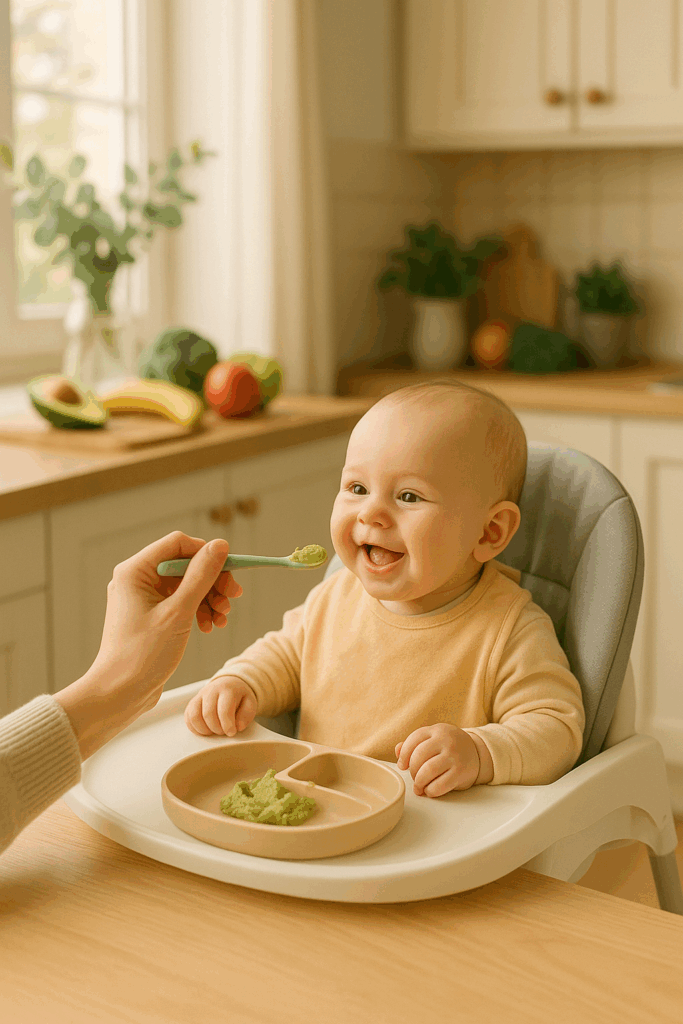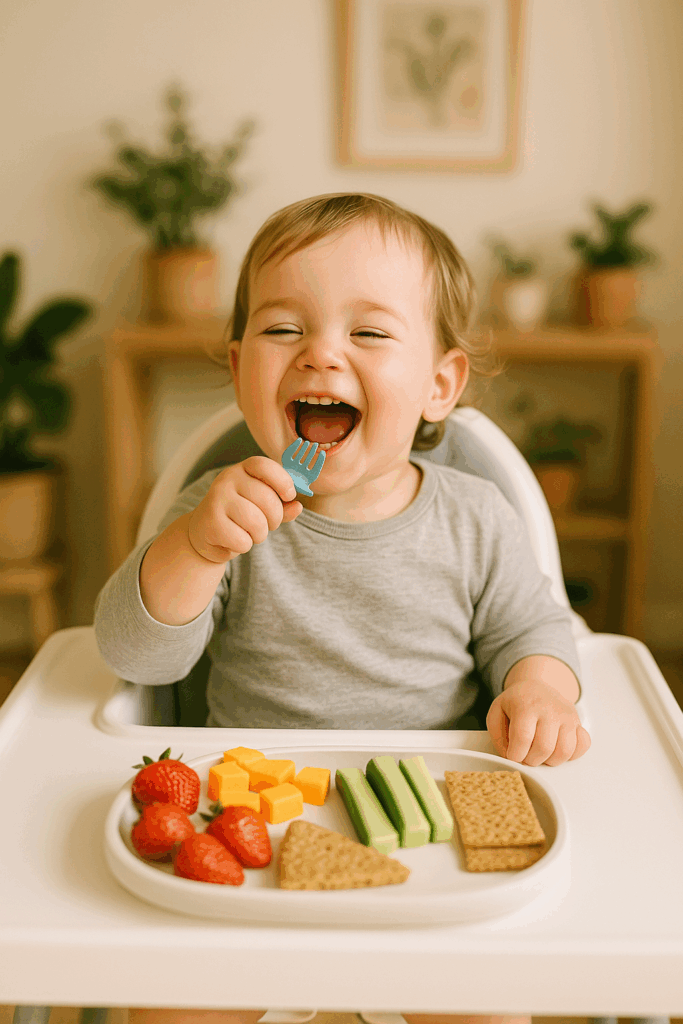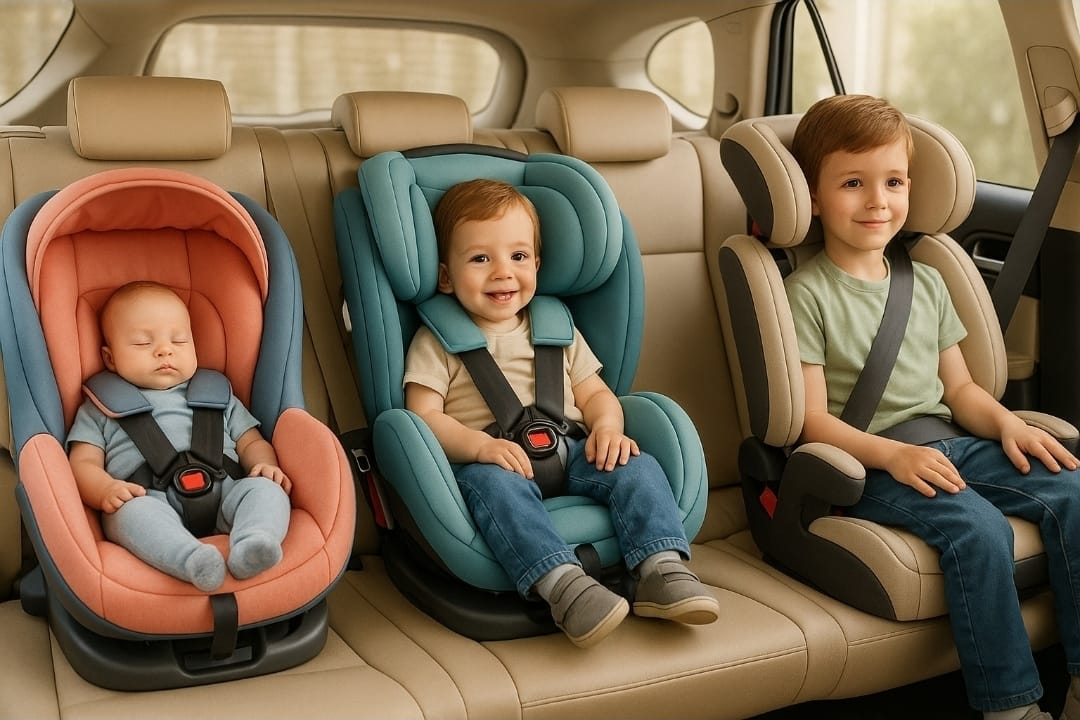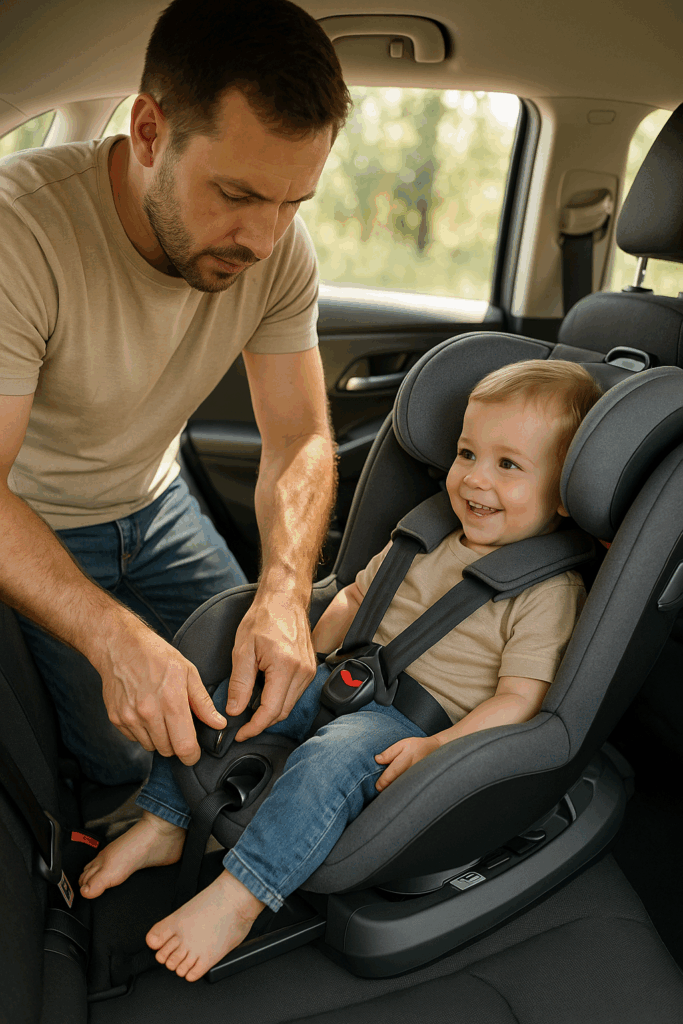Introducing books to your baby is one of the simplest — and most impactful — ways to support their development. Even in the first few months, babies benefit from the sights, sounds, and rhythm of reading. Baby books are for all ages from newborn board books to colorful picture books, cultivating a love for reading early on can foster language, cognitive skills, and bonding time with parents. In this guide, you’ll discover baby books must-haves, tips for reading routines, and ideas for creating a mini library that grows with your child.
Table of Contents
1. Start Early with Board Books
Board books are perfect for newborns and young infants including balck and white books. They are sturdy, easy for tiny hands to touch, and often feature high-contrast images, simple words, and engaging textures. Reading aloud daily, even for just a few minutes, allows babies to hear language patterns and rhythms. Using expressive voices and gestures while reading makes the experience engaging, while allowing your baby to touch and explore the pages adds an important sensory component. Popular examples include black-and-white baby books, touch-and-feel board books, and simple rhyming stories — all designed to capture a newborn’s attention and encourage early engagement.
2. Interactive and Sensory Baby Books
As babies grow, they especially enjoy books they can interact with through sight, touch, and sometimes even sound. Books with textures, flaps, mirrors, or crinkle pages make reading an exciting activity while also stimulating development. Even if your baby can’t respond with words yet, asking simple questions like, “Where is the cat?” or “Can you feel the soft fur?” introduces early language skills and helps them understand cause and effect. Lift-the-flap books, touch-and-feel textures, and baby sound books are excellent choices for this stage, providing multisensory learning and keeping reading fun.

4. Choose Age-Appropriate Books
It’s important to choose books appropriate for your baby’s age. For newborns to six months, high-contrast images, bold colors, and simple textures are ideal. Between six and twelve months, short rhymes, songs, and interactive books with flaps or textures become engaging, while babies over a year old benefit from simple stories with repetitive phrases, colorful illustrations, and relatable themes. Selecting age-appropriate books ensures your baby remains interested and develops skills progressively.
5. Make Reading a Bonding Experience
Reading is not just about words; it’s about connection and comfort. Sitting with your baby on your lap, making eye contact, and using expressive facial gestures helps bring stories to life and strengthens emotional bonds. Older babies can even begin to “read” with you by pointing to pictures, babbling along, or turning pages, which fosters independence while still nurturing connection. Even a few minutes of daily reading can significantly boost language development and emotional attachment.
6. Safe Baby Book Storage
Safe book storage is also essential. Keep books within easy reach so your baby can explore independently, while avoiding books with small or loose parts that could be a choking hazard. Rotating books periodically keeps the reading experience fresh and encourages curiosity. Creating a small library with safe, accessible, and engaging options ensures that reading is always inviting and part of daily life.
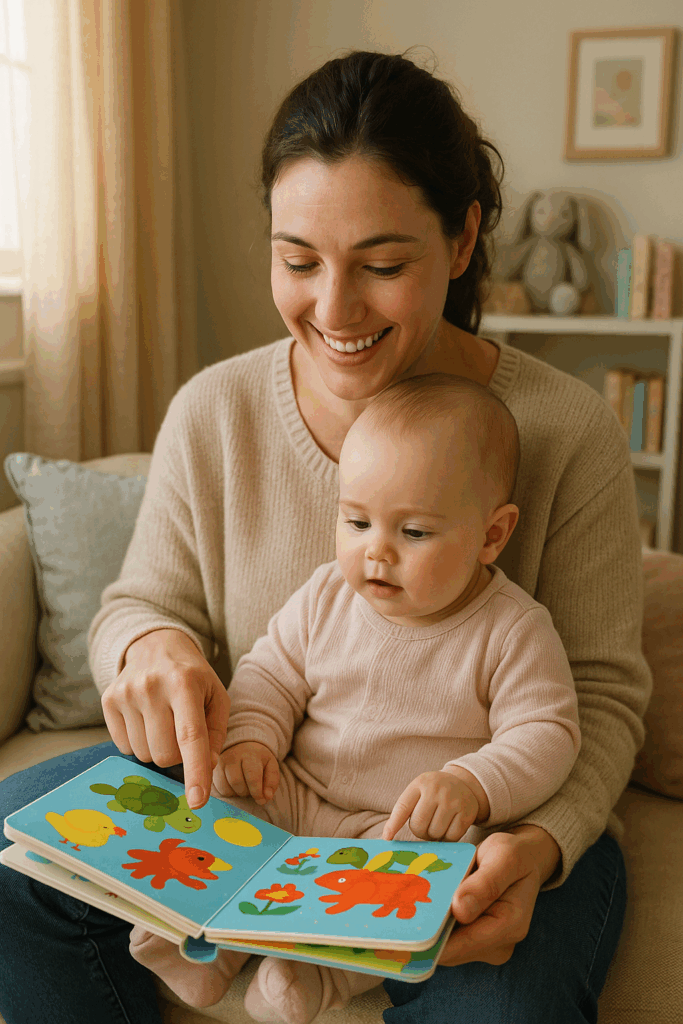
7. Recommended Baby Books
Some recommended titles include classics like Goodnight Moon, which is perfect for bedtime routines, Brown Bear, Brown Bear, What Do You See? for repetition and pattern recognition, Pat the Bunny for interactive touch-and-feel, Dear Zoo for lift-the-flap fun, and The Very Hungry Caterpillar for learning colors and counting.
Final Thoughts
Additionally, creating a designated reading space in your home can further enhance your child’s interest in books. This inviting area should be comfortable and filled with a variety of age-appropriate titles, allowing for exploration and discovery. Furthermore, incorporating storytelling into your daily routine can captivate your child’s imagination, making reading an enjoyable and anticipated part of their day. By fostering a rich literary environment, you are laying the groundwork for your child’s intellectual growth and emotional development.
Remember, children often copy what they see their parents doing. When your child sees you reading regularly, they are more likely to pick up books themselves — modeling your actions is a powerful way to motivate them. Another great way to inspire a love for reading is to visit the library from a young age. Exploring books together in this environment can make reading fun and exciting, helping your child develop a lifelong habit of enjoying stories and learning.
